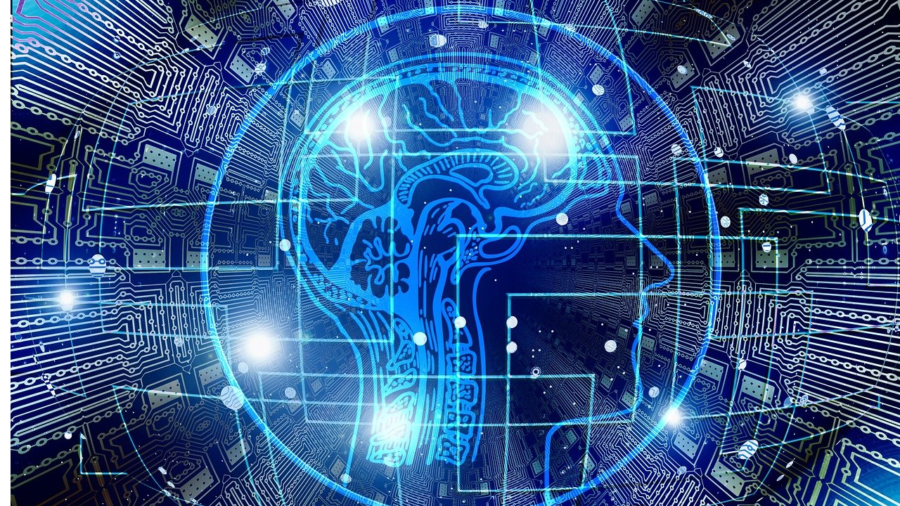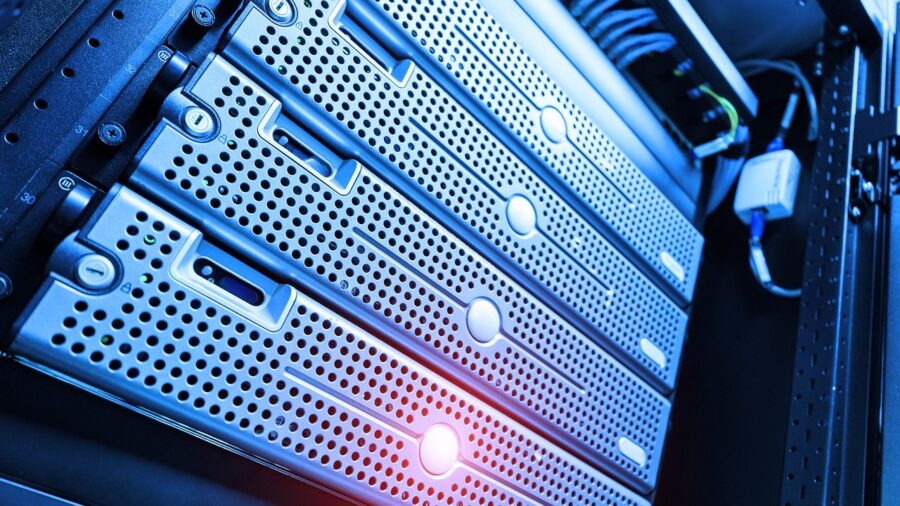Human Brain Computer Turning On This Year

With fear of AI at an all-time high it seems like the perfect time to announce that a supercomputer capable of simulating a human brain is scheduled to go online in April. The machine, dubbed DeepSouth—a play on IBM’s Deep Blue supercomputer—is capable of performing 228 trillion operations per second. That’s puts DeepSouth roughly on par with the human brain—a first for a computer.
Lots Of Computing, Not Much Energy

DeepSouth was created with the goal of better understanding how the brain is able to process huge amounts of information while consuming only a tiny bit of energy. Australian researchers from the International Centre for Neuromorphic Systems (ICNS) developed DeepSouth to be the world’s largest neuromorphic supercomputer. While it won’t be the fastest supercomputer in the world—that would be one of the new class of exascale computers capable of doing more than a quintillion calculations a second—the Aussie human brain computer isn’t trying to be.
DeepSouth Is All About Efficiancy

The goal of DeepSouth isn’t to be the world’s fastest source of raw computing power but rather the most brain-like machine ever created. The word neuromorphic pertains to something based on or inspired by the workings of human biology. A typical computer keeps it’s CPU and memory separate while a neuromorphic computer seeks to function more like neurons and synapses which both handle memory and processing simultaneously.
But if this human brain style computer isn’t faster than a typical computer, why build one? Efficiancy. The human brain, as stated above, can still handle 228 trillion synaptic operations per second—not exactly a slowpoke—while running on only 20 watts of power or roughly the equivalent of a refrigerator lightbulb.
Supercomputers Eat A Lot More Power

Meanwhile the world’s most powerful supercomputers require 22.7 megawatts to run. That’s the equivalent of the power needed to run five state of the art, modern trains. The mining of Cryptocurrency uses 127 terawatt-hours per year, more power than Norway consumes in the same timeframe. Compared to the human brain, computers are incredibly power-hungry and the rise of AI has only made that power consumption worse.
Human Brain Comuputers Could Help The Environment And Our Wallets

A recent estimate found that using a neuromorphic computer like DeepSouth to process the same information is 4-16 times more energy efficient than non-neuromorphic systems. If human brain computers become the norm it would save tons of money as well as doing much less damage to the environment than regular computers.
There are other benefits to the neuromorphic design as well. In some applications, the human brain computer is not just more energy efficient than a conventional computer but also faster and more powerful. While any type of computational system can be simulated virtually, doing so takes up more power and is slower. Simply designing the hardware itself to better mimic the human mind makes these applications easier all around.
Hand In Hand With AI

This is especially good new for AI computing. With the combination of hardware based on the human brain and a computer model designed to learn like a human, we could potentially be looking at the first completely artificial brain within our lifetime. Which is of course, absolutely terrifying. We predict Tesla will release it’s first round of fully autonomous murderbots—er—we mean personal android assistants by 2050 at the latest.
Source: New Scientist












